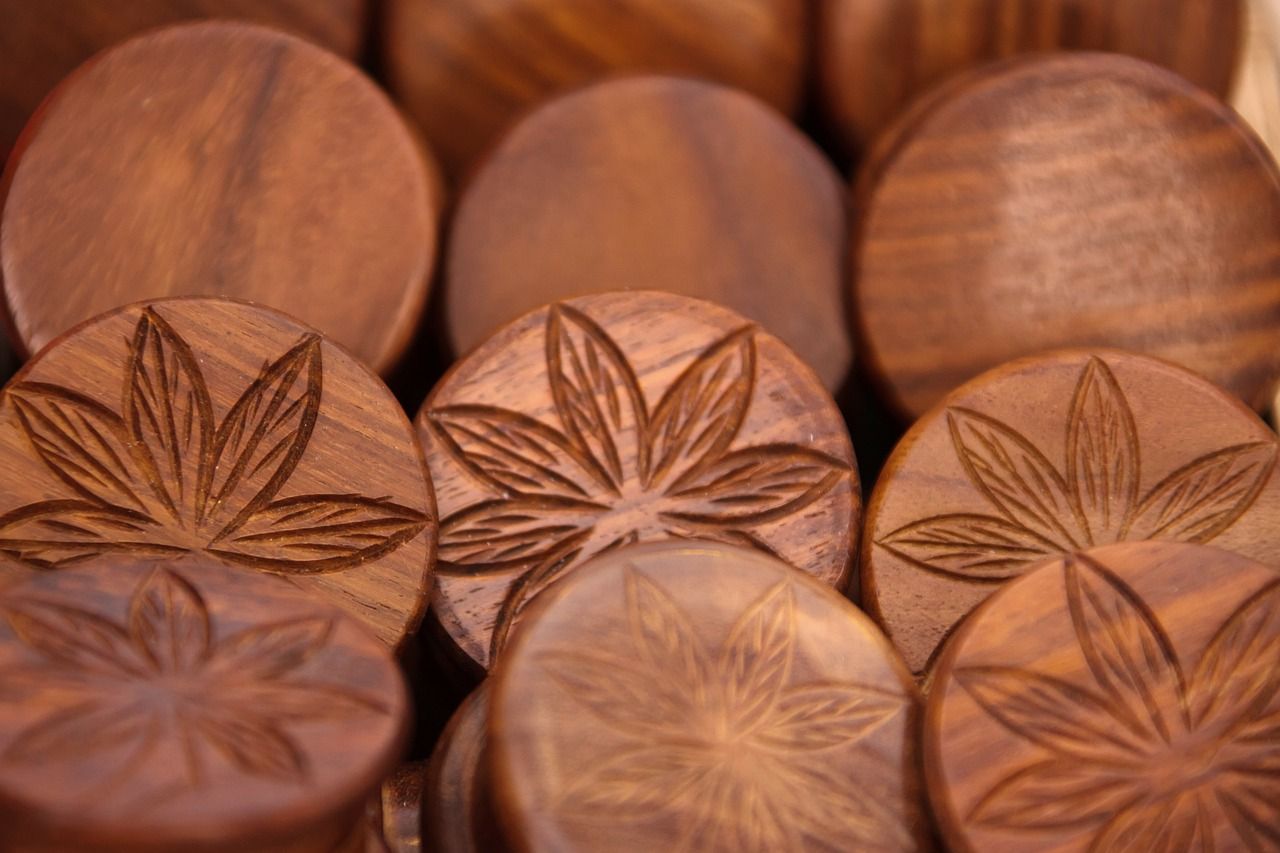Ancient History of Cannabis
The history of cannabis starts in the East. Dating back at least 12,000 years. Cannabis first shows up in ancient Taiwan and China. Pieces of hemp, the fiber that comes cannabis sativa, were discovered in artifacts like pottery and old medical journals. The Chinese emperor Shen Nung is the first person on record to point out cannabis’s medicinal properties. He prescribed it for gout and rheumatism.
In history, cannabis travelled to India on the ships of Chinese explorers and found a new role – spiritual enhancement. Indians used cannabis to make bhang, a drink used by a religious group called the Aryans. The Aryans believed that each plant had a spirit and worshipped those individual entities as well as higher, all-powerful gods. Indians sacrificed Bhang to the gods and considered holy. Outside of the temples, people used cannabis as a fiber for clothing and a medicine on a regular basis. This is a more documented history of cannabis.
In 2,000 B.C., Ancient Egypt has documented some part of the history of cannabis. Royal mummies have been found with hemp pollen on their eyes, (cannabis was used to treat eye problems for the living at the time), and is recorded in hieroglyphics. Considered a useful medicine, it was prescribed to women to relieve “sorrow and bad humor.”
How Cannabis Traveled
The Scythians, a nomadic tribe of expert horsemen, took cannabis with them on their travels. In 1929, Professor S.I. Rudenko found burnt cannabis seeds in an ancient cauldron and proved they were in fact budded hemp seeds. Ancient scrolls written by Herodotus in 450 B.C. have descriptions of the tribes’ funeral rites, which included inhaling marijuana vapor created in teepees. The tribe also used hemp fibers in their ropes and clothing.
Thanks to the Scythians, hemp and cannabis made its way to Germany, Greece and eventually Britain. Throughout history, cannabis boarded a ship for the new world.
Cannabis Comes to the US
Historians credit the settlers of Jamestown who arrived to the new colonies in 1611 with bringing cannabis to the states back in history. While the new settlers were not the first to grow and use cannabis, they are allegedly the farmers to make hemp a major crop in the U.S. For over one hundred years throughout the history of cannabis, hemp was everywhere. For instance, George Washington was among its farmers.
This history of cannabis shows that the early settlers grew hemp as a fiber. However, they also noted how to increase the cannabis plant’s “potency” by separating male and female plants before pollination.
By the mid 1800s, cannabis’s recreational and medicinal properties were already well-known in the U.S and Europe. Several publications gave recommendations on how to use cannabis to cure different ailments, how to eat it and relax with it and the dangers of drug addiction.
Cannabis Prohibition
Subsequently, up until the 1900s many plantations grew hemp regularly despite heavy export taxes. It wasn’t until cotton became a major crop that cannabis hemp farms fell into decline. At the same time, experts pushed for further study of cannabis as a medicine, but the Marijuana Tax Act made it harder to sell in pharmacies. Propaganda films like Reefer Madness were meant to scare casual users away from the drug by making ludicrous claims like the drug caused erratic behavior. By the forties, the US government prohibited medicines containing cannabis. This narrative is the history of cannabis with which we are familiar.
From there throughout history as we know today, users of the drug began to split from mainstream society. It fueled the Beat generation and inspiring musicians of the 1960’s. In the seventies, Richard Nixon declared his war on drugs and Congress passed the Controlled Substances Act. This act allowed many drugs, cannabis included, to be classified as Schedule 1, meaning it has no healing properties.
Cannabis Today
While the drug remains on the list of dangerous substances and therefore illegal on a federal level, twenty-nine different states have made allowances for possession and private use. However, the laws are unique to each state and anyone unclear on their own state’s laws should check the latest legislation.
As more citizens support cannabis legalization, there will be national potency standards. Many politicians still oppose the growth of cannabis, though several have declared their wish for more medicinal cannabis on the market.
Tell us what you think via this survey:
Did we miss something? Feel free to reach out to us at Facebook, Instagram, or email
For those interested: here’s a link to stream Reefer Madness
